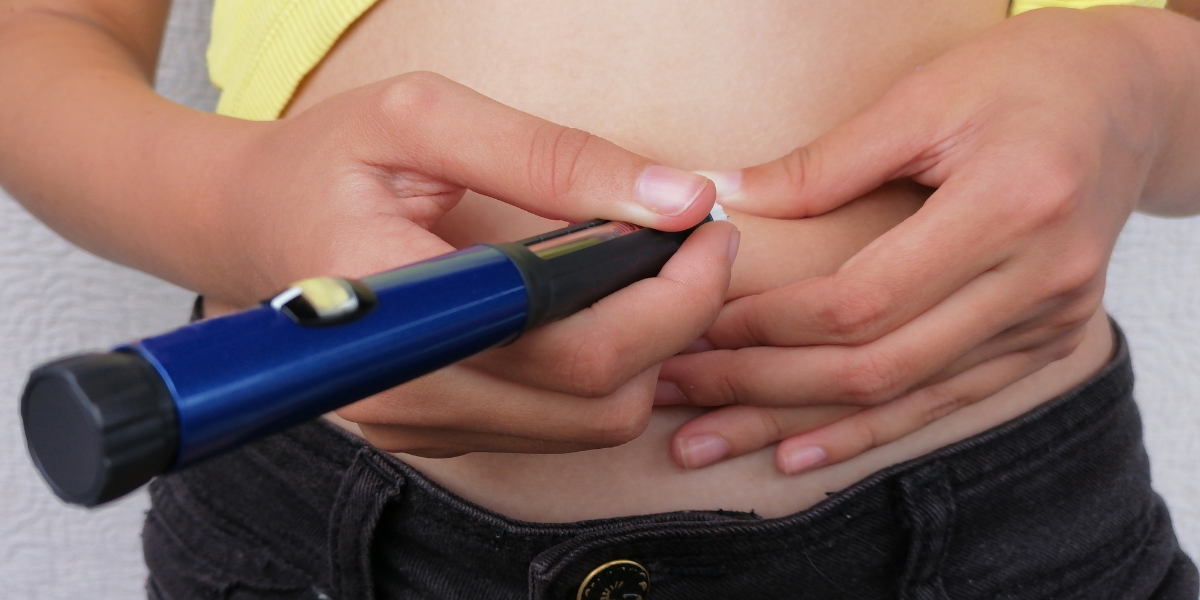June 24, 2022

If your child has type 1 diabetes, you’re not alone. An estimated 244,000 children and adolescents in the United States have been diagnosed with this disease. While there’s no cure for type 1 diabetes, proper treatment and a consistent management plan can help you, your child, and the entire family lead healthy lives.
What Is Type 1 Diabetes?
The first step in caring for a child with type 1 diabetes is learning as much as possible about the disease.
Type 1 diabetes is a lifelong medical condition that occurs when your child’s body cannot make insulin (or can only make very little), an important hormone the body uses to regulate blood glucose (sugar) levels. Without enough insulin, the body’s cells are unable to use sugar for energy, and blood glucose levels rise.
Following the treatment plan your child’s pediatrician prescribes and implementing lifestyle changes at home can help keep your child’s diabetes under control, so they stay healthy.
How To Create a Diabetes Care Plan for Your Child
Learning that your child has type 1 diabetes can feel overwhelming, but having a clear plan of care helps. The goal of a diabetes care plan is to keep your child’s blood sugar levels within a healthy range. Your child’s pediatrician will work with you to develop a care plan that best meets their needs.
A diabetes care plan will most likely include:
Monitoring Blood Sugar Levels
Frequent blood sugar testing is a critical part of diabetes management. Most kids with type 1 diabetes need to test and record their blood sugar at least four times a day — usually before each meal and at bedtime.
Options for testing blood sugar include glucose meters and continuous glucose monitors (CGMs). A CGM has a sensor that is inserted beneath the skin, allowing the device to measure your child’s blood sugar every few minutes throughout the day.
Administering Insulin
Kids with type 1 diabetes need to take insulin to make sure their body’s cells can use glucose for energy.
There are different ways to administer insulin. A common option is by injection using a syringe or insulin pen with a fine needle. Another method is an insulin pump, a small device that delivers insulin through a catheter. Your child’s pediatrician will help you understand which option is best for your child.
Eating Healthy Foods
Eating a balanced, nutritious diet is good for the entire family, but it’s especially important for kids with diabetes. A healthy diet includes a variety of whole foods and protein foods, including vegetables, fruits, lean protein, and whole grains.
Following the glycemic index (GI) diet is one-way people with diabetes maintain healthy blood sugar levels. The GI diet is an eating plan based on how quickly certain foods increase blood glucose levels. Consider working with a registered dietician if you’re unsure what foods are best for your child with type 1 diabetes.
Exercising Regularly
Exercise helps control blood sugar levels and helps insulin work better. While exercise is an important part of any diabetes care plan, exercise can also cause blood glucose levels to drop for several hours afterward. Low blood sugar levels may cause hypoglycemia — a potentially dangerous condition for people with diabetes.
You can help your child stay safe during exercise by checking their blood glucose levels before, during, and after exercise and making sure that they have a carbohydrate-based snack, like whole-grain crackers and cheese, beforehand. You may need to adjust their meal plan or insulin doses accordingly. Talk to your child’s pediatrician for more guidance on how to keep your child safe during and after exercise.
How To Get Help Caring for a Child with Diabetes
Following a diabetes care plan is a 24/7 commitment that requires significant lifestyle changes for you, your child, and the entire family. At JSP Home Care Services, our compassionate team provides customized and professional pediatric home health care services, including the planning and preparing of meals, for children and adolescents with type 1 diabetes. Contact us today to learn what JSP Home Care Services can do for you.
Sources: